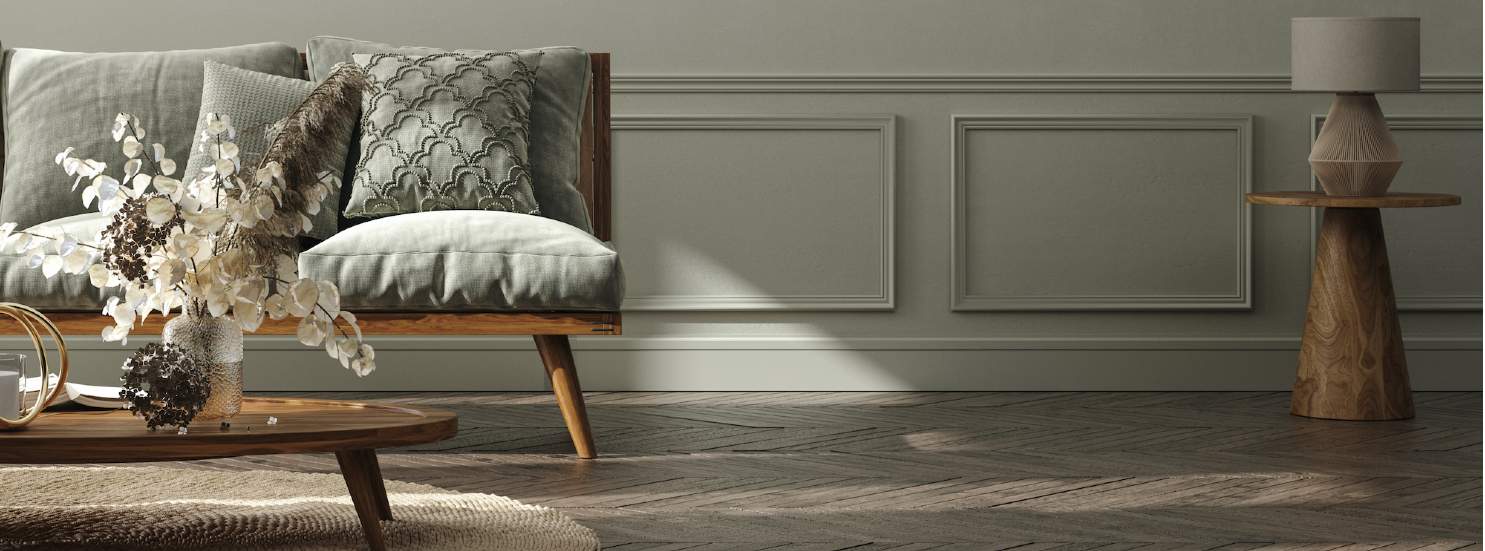In the 70 years of the Queen’s reign, interior design trends have been and gone. And such is the nature of fashion, some of them have gone only to return, proving you can’t keep a good idea down for long.
We had bubblegum kitsch in the Fifties and Art Deco Revival in the Eighties but one of the most influential decades was the Seventies, famed not just for its colourful bathroom suites, but also because it was the first time interiors embraced eco-conscious design, with many looking for cost-effective solutions made from natural materials and utilising secondhand items.
Vintage and natural fabrics can be far more durable and in some instances biodegradable too. It’s not for nothing that these priorities are so prevalent today.
Upcycling is a great interiors trick. A cheap and cheerful chest of drawers or an inherited piece that may not appeal to modern tastes can be painted or re-upholstered to bring it bang up to date. And ‘old-fashioned’ accessories – granny’s favourite vase, perhaps – can be incorporated into a stylish theme by picking out the key colours and using them elsewhere in the room.
I [Charlotte] own a console table with turned legs and intricate detailed carvings. It started life as a rich, dark wood in my grandparents’ home. It was then in my parents’ hallway, where it was given a new lease of life with new handles, a sand and oil. As I grew up it became my bedroom dressing table and was painted white. Upon buying my own home I brought it with me and it now sits in my dining room painted in a deep blue.
One circular trend that continues to put in a regular appearance is panelling. Historically this was used to help insulate homes and add durability to high traffic areas such as hallways and dining rooms. Over the years it has taken on different forms, whether this be full panelled walls with intricate beading adding depth and grandeur, or a more streamlined tongue and groove effect which became popular and even made its way onto kitchen ceilings in the Seventies.
The current appetite is a mix and match of eras, which works in both modern and traditional schemes. It can also be quite easily replicated using inexpensive beading, evidenced by a plethora of DIY-ers across social media platforms.
Looking to the future, ‘Japandi’ (a blend of Japanese and Scandinavian influences) has captured the imagination of designers and we believe will have a longevity of its own. This sort of design would typically feature calm colours, minimalist furniture, clean lines and those natural materials. As many of us now spend more time at home, a relaxing, decluttered and stylish space, where less is more, is becoming the order of the day, albeit adorned with bunting this jubilee weekend.
Further information
Contact Charlotte Hodges-Peck or Faye Wilkin
Contact Savills Interior, Furnishing & Refurbishment Services


(2).jpg)
.jpg)
.jpg)




.jpg)
.jpg)